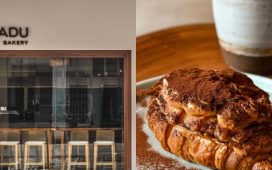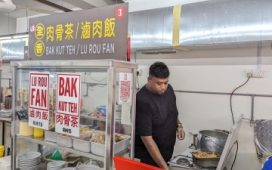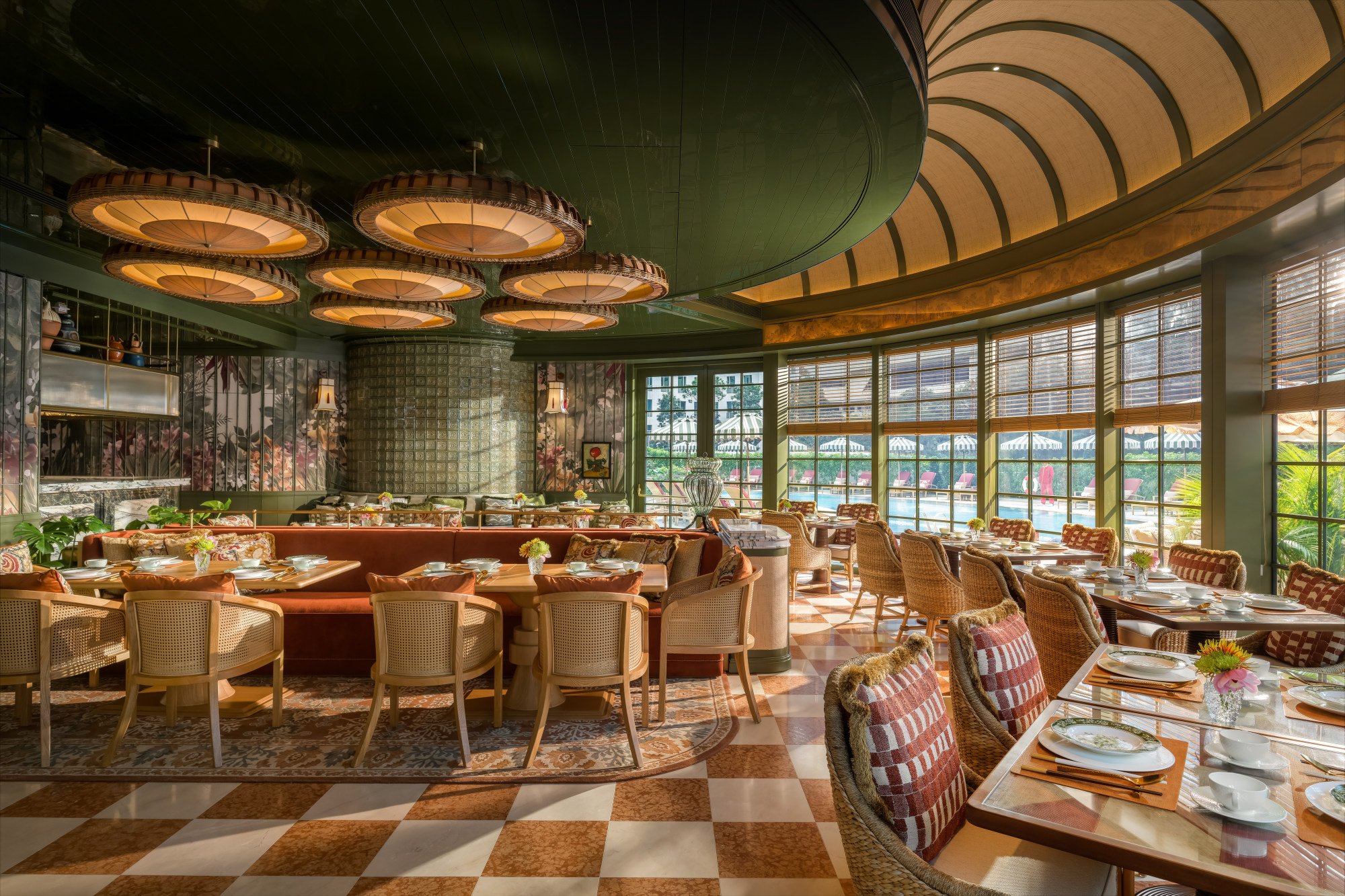
Yip, who splits his time mostly between Hong Kong and Singapore, was dining with the hotel’s owners when they revealed their plans.
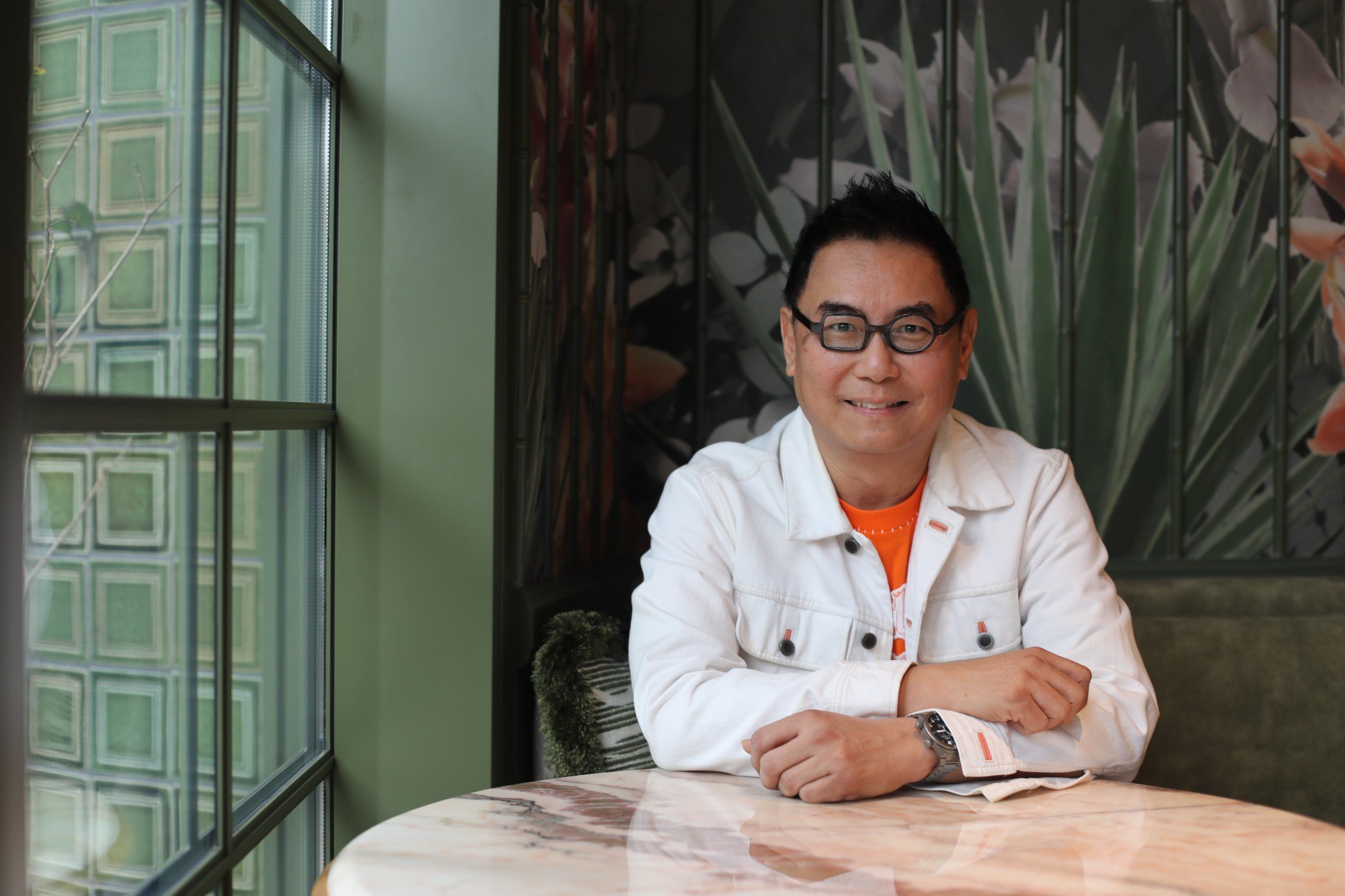
He did not mince his words, telling them he thought they would be wasting their money. “I said, ‘Yunnan food is very faddish. It’s in at the moment, but I don’t think it will last’,” he recounts. “It would have been a very expensive exercise.”
They listened. An idea formed in his mind, and he gave them a proposal. He questioned why a city like Hong Kong, with its large population of Fujianese immigrants, did not have its own high-end restaurant serving Hokkien cuisine.
So they started again from scratch at the end of 2023, this time with Yip on board as culinary consultant to lead the project through its new iteration.
While perhaps not quite known to the masses, Yip is widely respected in the culinary world and is often called upon for his dining expertise.
A food-loving Indonesian-Chinese polymath with multiple degrees – in law, architecture and accounting – and an MBA, and a chronic inability to stay still, it makes sense that he would be the one to make things happen.
I find that Hokkien food has often been neglected
He expedited everything, rethought the decor, planned research trips with the chefs to Fujian, and continued on the recruitment front.
On the opening menu, chef Jack Lam-yeung and his team – who did not have prior experience cooking Hokkien food – have done Yip proud with their execution of classic dishes from the region, including ngo hiang, or five-spice pork rolls, and Xiamen-style popiah.
Both have the hallmarks of Hokkien cuisine – including their use of pork – but also bring to the fore its lesser-seen sides.
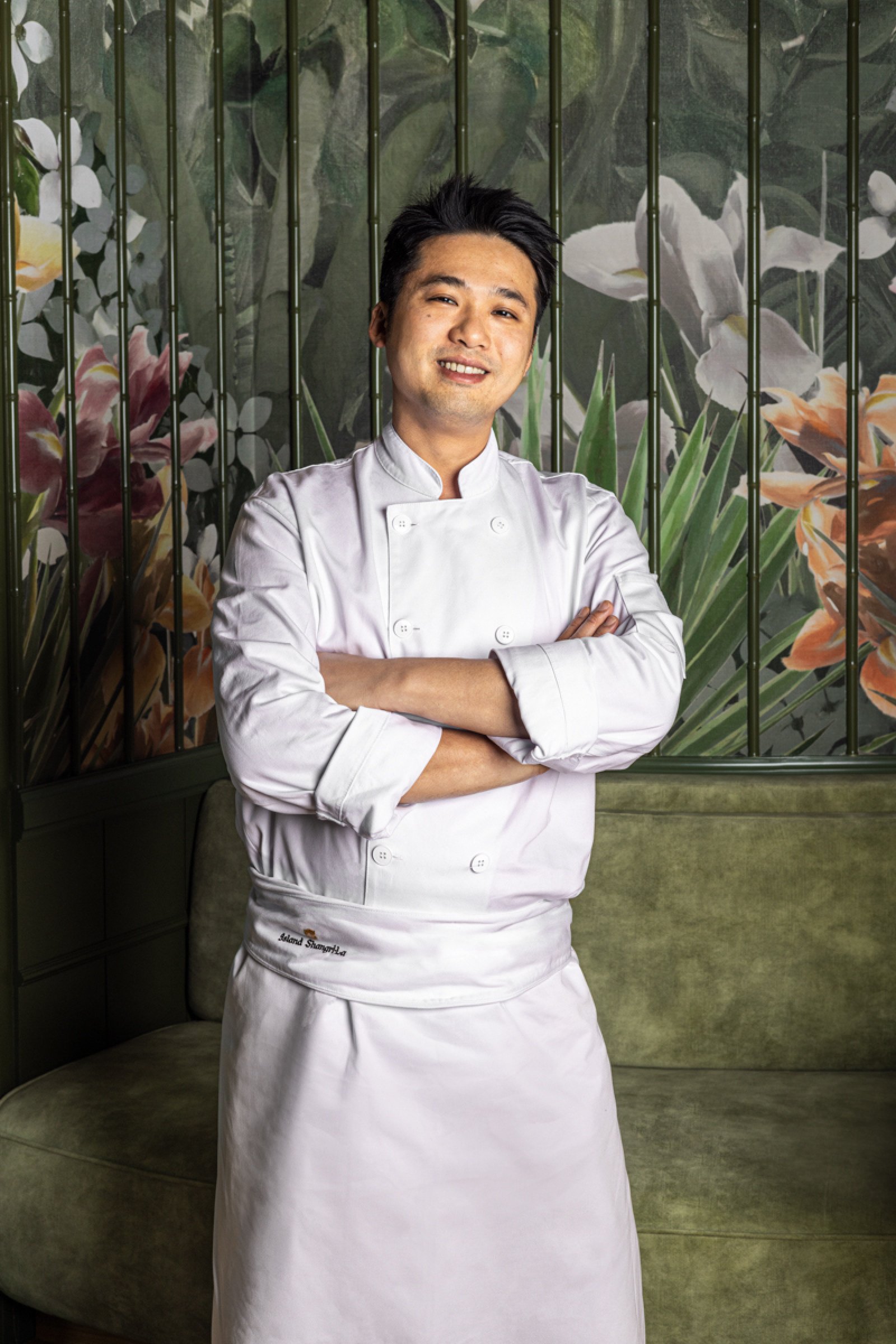

Compared to the popiah served in Singapore, which are typically filled with radish, egg, bean sprouts and lettuce, Yip’s Xiamen-style rolls feature far more ingredients, among them shrimp, crab, and crisp seaweed – a popular ingredient in coastal Fujian province – to provide extra umami and texture.
The ngo hiang rolls here are lighter, without the stodgy taro that is commonly used to beef up the dish.
A simple dish that sparked Yip’s curiosity about Hokkien food back when he was a child has also made it onto the menu.
“The first time I knew I was having Hokkien food was when my dad took me to a wake. And at the wake, there was supper,” says Yip, describing the feast that had been set up for mourners.
“We had kau yuk bao (pork belly buns). I told my dad it was so delicious, and why did not we have it all the time?”

When his father replied that it was because this was a special dish served for wakes, he quipped: “Well, please let me know the next time you know someone Fujianese has died!” He laughs sheepishly at the memory, adding that he was “young and stupid”.
Still, after that day Yip became obsessed with finding out more about kau yuk bao (listed on Ming Pavilion’s menu under the Hokkien name kong bak bao) and Hokkien cuisine in general, despite the perception of it as being the food of poor immigrants.

When Yip travelled to Taiwan – where many Fujianese had settled – in the 1980s, he was struck by the rustic nature of Hokkien cuisine there.
His first visit to Xiamen really opened his eyes, he says.
“I am a very curious person. I also don’t like it when people ask me things I don’t know,” he says. “I always want to know the origin, the history, and everything about the dish and its ingredients.”
For a time, Yip deviated from learning more about Chinese cuisine when he moved to New York, instead studying the principles of French cooking. It wasn’t until he was in his forties that he returned to his roots and rediscovered the food he grew up with.

Yip sees a shift in how chefs are viewing Chinese ingredients and regional cuisines.
“They realise that we have so many ingredients in China that are yet to be discovered or introduced to the world.
“I find that Hokkien food has often been neglected in the Chinese culinary platform. I also once looked down on Hokkien food. Now, I think it’s time to show another facet of the cuisine.”



